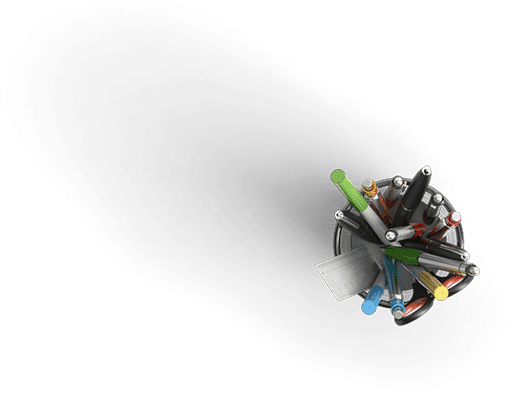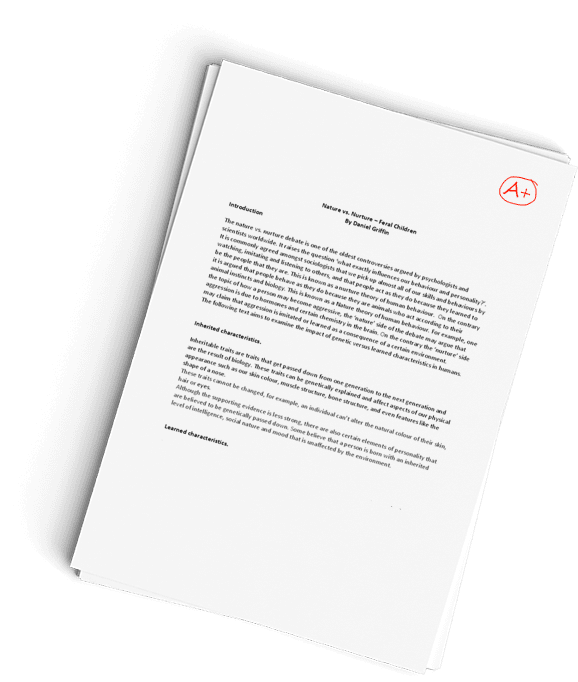Statement of Problem & Literature Review
Description
C. Research Proposal (submitted in 2 parts: Part 1A & B – statement of problem & literature review; Part 2 – methodology) [EPAS 2015 Foundation 4.1 & 4.2]
You will prepare a research proposal on a topic of your choice. You will work on this proposal as you move through the research process, submitting it in 2 parts. You will use your literature synthesis matrix to assist you in writing this paper. Part 1 of your paper will include a) the statement of the problem and b) the literature review.
Part 2 of your paper, the methodology section, due later in the course, will be added to part 1 so that in the end you will have one full proposal paper, from statement of the problem and literature review to research methodology.
You will then use this full paper to prepare a PowerPoint presentation on your proposal and present in the final 2 weeks of class.
Part 1: Statement of the Problem & Literature Review (120 points)
Use the literature synthesis matrix you created from the eight (8) research articles you located on your topic to write both sections of this paper. The guidelines and rubric presented here shows the information needed for each section.
The paper must conform to American Psychological Association (APA) format. A rubric providing grading criteria is found below.
A. Statement of the Problem Section
[EPAS 2015 Foundation 4.1]
This is the first section of this paper. The problem statement is the guiding theme of a research proposal. This paper should include a statement of the purpose of the study and should specify its objectives. This section should be about 3 double-spaced typed pages and should include references relating to the scope of the problem. The full paper should be 8-10 pages excluding the references.
Use a minimum of 3-4 of the resources to write an overview of your topic: The overview should provide a comprehensive statement of the problem, its significance to society, and its relevance to the social work profession. The format of this paper follows:
Purpose of the Study. This section should explain why the research is being conducted. It should establish the importance of the problem addressed by the research and explain why the research is needed. For example, it might establish the seriousness of juvenile antisocial behavior nationally and describe the gaps that exist in the knowledge about this behavior. It might also explain why the specific knowledge gap chosen is of particular importance. After reading this section, the reader should be clear about the questions to be asked, the kinds of answers expected, and the nature of the information to be provided by the proposed research. For example, one might propose to test a drug abuse treatment approach to determine the intervention characteristics that contribute differentially to the success of adolescent boys and girls who participate in the program. Expected outcomes might also include the provision of descriptive information not currently available. An example of this might be a comparison of arrest rates for participants in the years prior to and following participation in the program.
List your research question(s): Have one research question. If you must have more, do not attempt to address more than 2 research questions in your study. Your research questions must be feasible to research, clear, precise, and if you are conducting a quantitative study, measurable and concrete. As an example:
Is there a significant difference in the retention rate of clients engaged in outpatient treatment based upon treatment modality?
Is there a significant difference in the retention rate of clients engaged in outpatient treatment based upon gender?
Is there a significant difference in the retention rate of clients engaged in outpatient treatment based upon ethnicity?
Definition of Terms: This section provides an operational definition for each of the terms you are exploring in your research hypotheses. Explain how you are defining the terms for your study, not their general definitions. You should have already done this in your first course exercise as well.
As an example (based upon the research questions noted above), you would provide an operational definition for the terms, retention, outpatient treatment, client, treatment and modality.
ie: The literature of treatment retention studies utilizes terms such as retention and attrition. For the purpose of this research, the term retention refers to the completion of a course of outpatient treatment at the XYZ Substance Abuse Center. The outpatient program at XYZ consists of 8 weeks of individual and group therapy sessions. Individual sessions are held once a week and group sessions also meet once a week. Thus, retention is defined as the completion of 8 individual therapy session and 8 group therapy sessions.
B. Review of the Literature Section
[EPAS 2015 Foundation 4.2]
The second section of part 1 of your paper should have the title)terature Review. In this section you will use the published research from your literature synthesis matrix related to the purpose and objectives described in the statement of the problem above. Begin by reviewing the themes from each paper and combining (synthesizing) those relating to the same theme. Review their methodologies, etc. and look for similarities or differences. The review of the literature should summarize the results of the previous studies that have reported relationships among the variables included in the proposed research
An important function of the literature review is to provide a theoretical explanation of the relationships among variables of interest. It is most important that the review explain what mechanisms link the variables. The review can also provide descriptive information about related problems, intervention programs, and target populations.
This section should be about 4-5 double-spaced, typed pages, excluding the list of references and appendices. The paper must conform to American Psychological Association (APA) format.
- Use the synthesis matrix you created from the eight (8) research articles you located on your topic to write your literature review. This section should have 4-5 references-empirical articles.
This section should cover:
Topic or problem area: This part of the literature review covers material directly related to the problem being studied. There will usually be at least two substantive areas reviewed because most research involves variables that have been studied in separate substantive areas. For example, a study on some aspects of juvenile antisocial behavior suggests a review of the literature on anti-social behavior, adolescent development and families at risk (3 substantive areas of research).
Summary and critique of the selected research. Your synthesis matrix have already grouped your research studies. Choose minimum of 4 of your studies and discuss why these studies were conducted, what research questions or hypotheses were posed, what concepts were used, what research method was selected to answer the research question, what were the major findings, the cultural competence demonstrated in the study, any presenting ethical issues, and the strengths and limitations of this set of research investigations. Please remember that this overview should be more than just a list of article summaries, but a synthesis/integration of multiple sources of knowledge and practice wisdom. In other words, review the topic areas found in your matrix and synthesize your review.
- Topic Analysis and need for further study. Summarize the findings and provide a justification for why your study should be conducted.

Have a similar assignment? "Place an order for your assignment and have exceptional work written by our team of experts, guaranteeing you A results."








